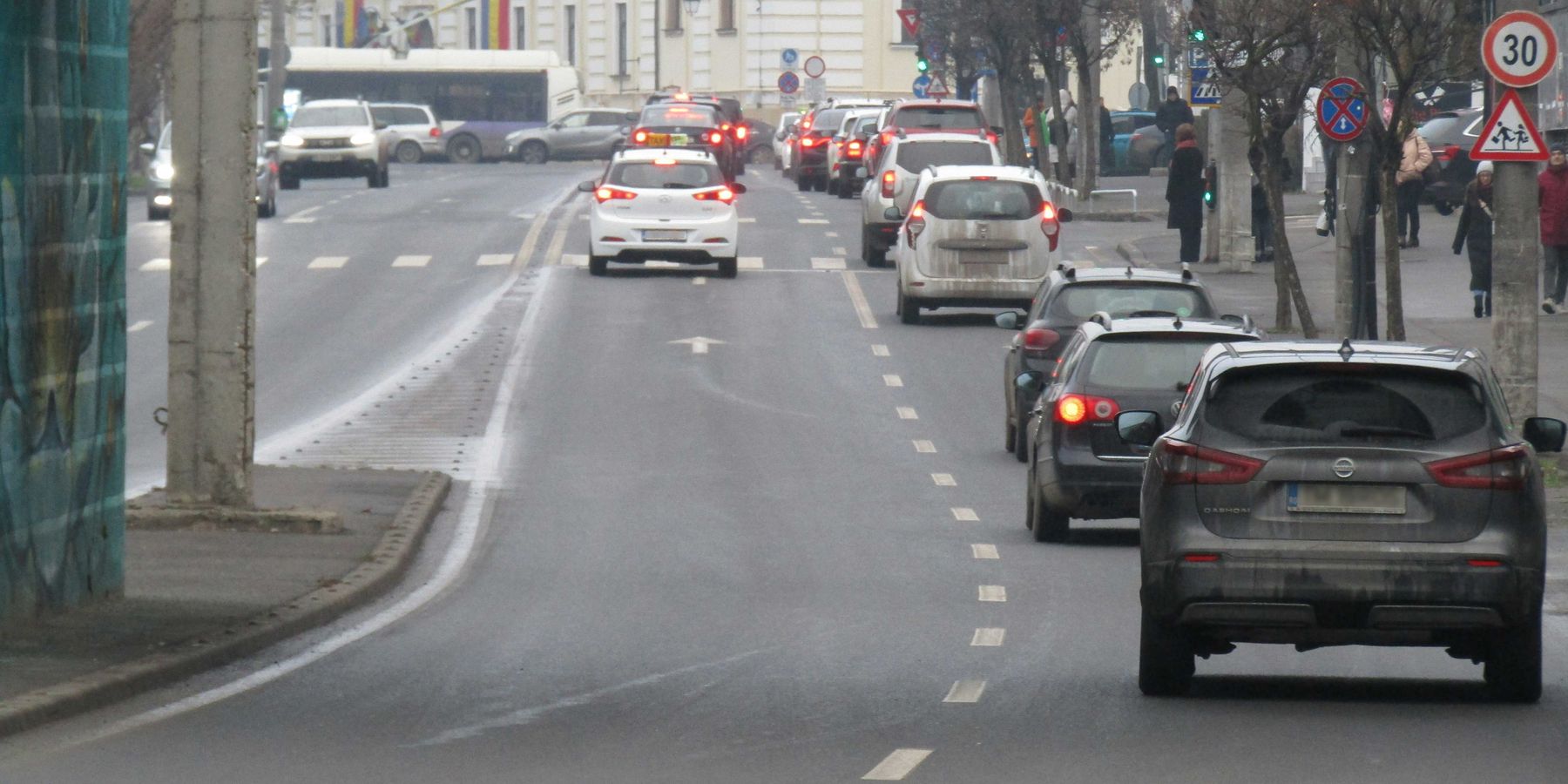Greenhouse expansion unexpectedly cools local climates
As the number of agricultural greenhouses grows worldwide, researchers discover their reflective roofs are cooling local temperatures, presenting an accidental geoengineering effect.
Fred Pearce reports for Yale Environment 360.
In short:
- Greenhouses globally cover 3.2 million acres, reflecting sunlight and cooling local areas.
- This cooling effect, observed in places like southern Spain, counters warming trends in surrounding areas.
- Despite environmental benefits, greenhouses pose risks such as water overuse and plastic pollution.
Key quote:
“For a real local cooling effect to occur, there must be a large concentration of plastic greenhouses. However, such high concentrations cause adverse environmental impacts, so from my point of view, it is not advisable to use this intensive agriculture model with the exclusive purpose of producing local cooling and reducing the incidence of climate change.”
— Fernando Aguilar, remote sensing specialist at the University of Almeria
Why this matters:
Reflective greenhouse roofs show promise in cooling urban areas and mitigating climate change effects. However, environmental concerns like water depletion and plastic waste highlight the need for balanced solutions.













